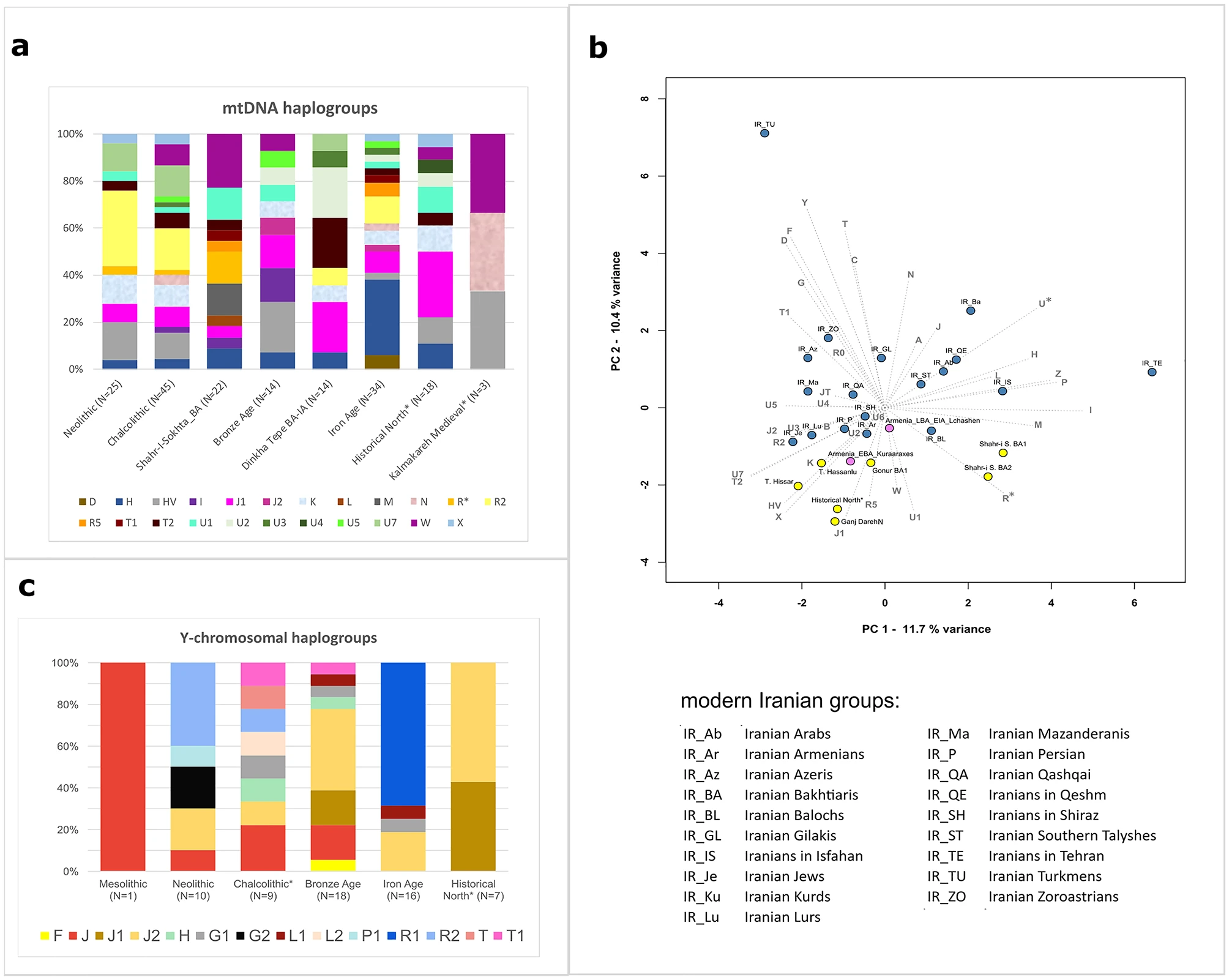When ran using QPADM model the following model produced good cline over a range of local kits
Cline 1
The model shows Italy_Tarquinia_Monterozzi_IA_oLevant Vs ASI having a clear opposite complementary trend. Jarawa samples show high Italy_Tarquinia_Monterozzi at 57% and South Brahmin-2 shows lowest at 18.32%.
Cline 2
This model shows Parkhai_o LBA and Parkhai_C used with UstIDA showing good fits with local samples for Kamma kit seq using WGS Dante. Only AP Yadav and AP kapu doesn't like Bacho Kiro but all others required some amount of Bacho Kiro. High AASI kits took the Pakhai_o LBA which is Sarazm & Armenia &WHG heavy sample and others preferred Parkhai_C which is Tepe Hissar & Ganj_derah & Sarazm heavy
Surprisingly the Yadav and Brahmin kits preferred lowest Parkhai and highest % suggesting my kit is closer to these 2 kits but has additional Russia_UstIDA and Parkhai_C.
Adding TTK to the above model actually improves as shown below
The base model suggested by sapphire also mentioned Parkhai based model as follows which shows additional 10% Steppe vs Jarawa sample
also when aDNA guy called ashish published blog at https://a-genetics.blogspot.com/2022/12/steppe-source-in-indians.html ran the qpadm models he found Telugu Brahmins had 10-20% Sarazm like input vs Irulars.
I am getting similar but more Tepe Hissar and Ganj Derah than that signal and some mixed WHG & Armenian

























































































